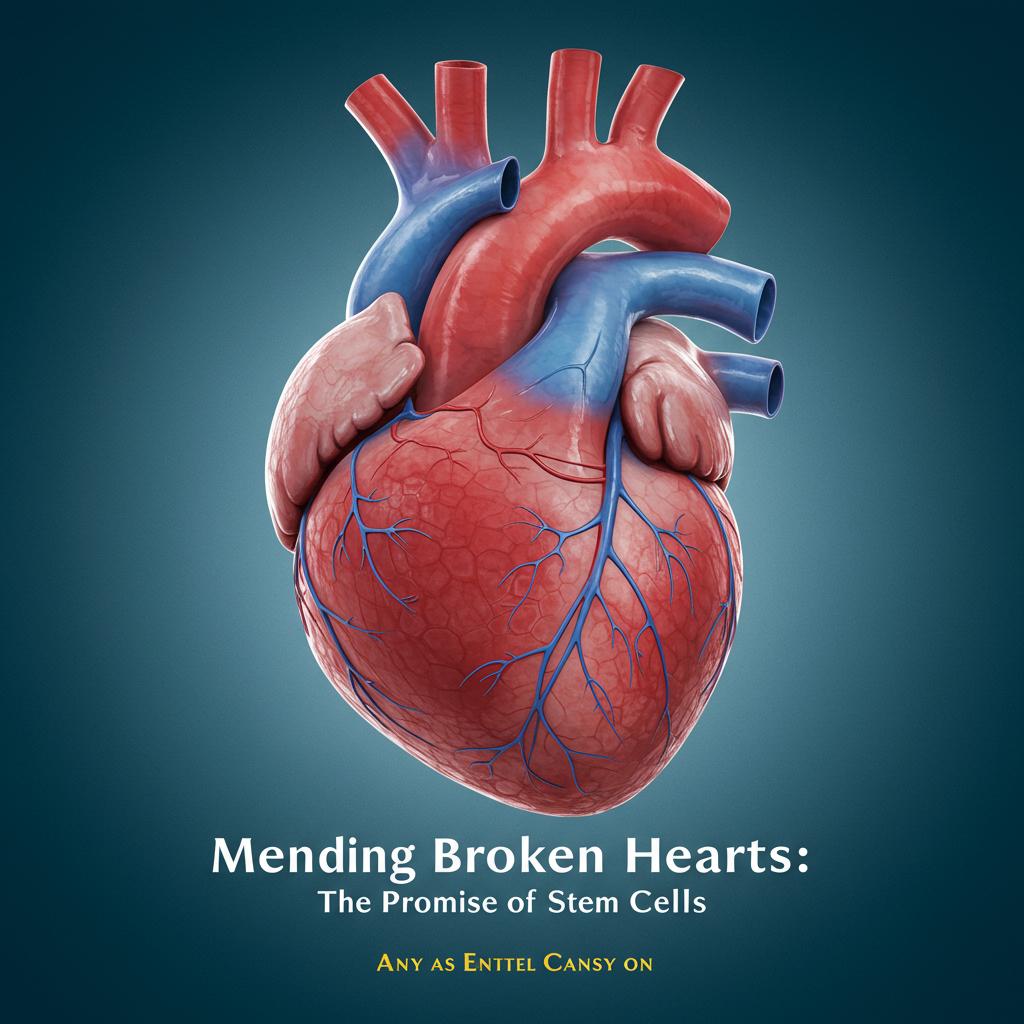
Ever thought our hearts, once damaged, were beyond repair? For years, the common belief was that heart cells couldn’t regenerate after infancy. But exciting new research is turning that idea on its head! While the extent of this regenerative ability is still being debated, the very possibility is a game-changer in the fight against heart disease.
This isn’t just a minor tweak in our understanding; it’s a paradigm shift. Scientists are now actively investigating how the heart repairs itself, a field known as cardiac regeneration. While we’re not quite at the point of regrowing entire sections of the heart, the progress is encouraging and offers a glimmer of hope for millions worldwide.
Here’s a breakdown of what we’re learning:
- The heart might regenerate, but slowly: Unlike some tissues in our body, the heart’s regenerative capacity seems limited. It’s not a rapid, widespread process, but rather a slow, ongoing one. Think of it like a slow trickle rather than a rushing river.
- Conflicting findings: Studies show different levels of heart cell regeneration, creating some confusion. This is partly due to the different methods used and the varying types of heart injury studied. However, the general consensus is leaning towards some level of regeneration, especially in younger individuals.
- Cutting-edge techniques provide insights: Researchers are using advanced tools like genetic lineage tracing (tracking cell ancestry) and carbon-14 dating (determining cell age) to understand how and when new heart cells are formed. These methods are providing more precise measurements of heart cell turnover than ever before.
- Babies’ hearts are regeneration superstars: Studies indicate that the heart’s ability to repair itself is much higher in infants and young children. This ability seems to decline as we age, but figuring out why could be the key to unlocking greater regenerative potential in adults.
- Unraveling the mysteries: While we know the heart has some regenerative potential, the exact mechanisms behind it remain a mystery. Which cells are involved? What triggers their activity? These are the questions researchers are working tirelessly to answer.
Why is this research so important? Heart disease remains the leading cause of death in developed countries. Current treatments focus on managing symptoms and limiting further damage, but they don’t address the underlying problem of lost heart muscle.
The possibility of regenerating damaged heart tissue offers a revolutionary approach to treatment. Imagine a future where heart attacks are no longer a life-altering event, where damaged heart tissue can be repaired, restoring full function. While we’re not there yet, the field of cardiac regeneration is rapidly advancing, and the potential benefits are enormous.
This ongoing research is not just about extending lifespan; it’s about improving the quality of life for millions. It’s about giving people a chance to live fuller, healthier lives, free from the burden of heart disease. Stay tuned, as the future of heart health is looking brighter than ever!
